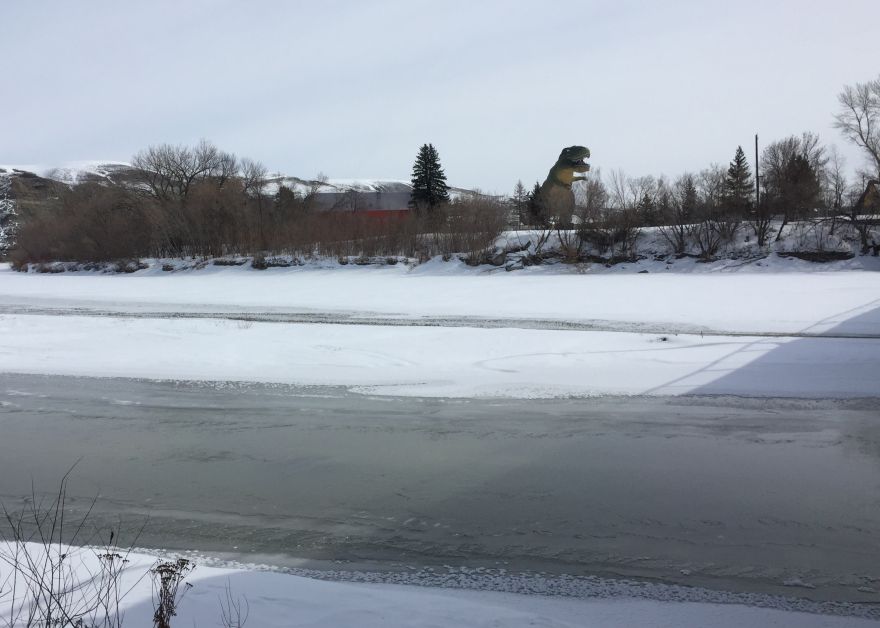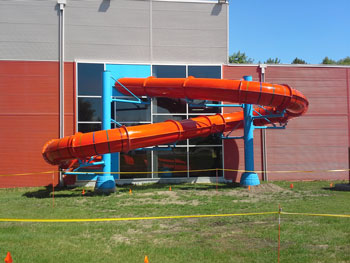
With one of the heaviest accumulations of snow in the valley in recent memory and signs of a spring thaw, thoughts of flooding are on the forefront of many people’s minds.
Last week, as temperatures began to warm, water was flowing on streets, yards and culverts. River forecast engineer for Alberta Environment, Zahid Qureshi, says the snowpack is heavy.
“People are worried because we have received more than normal snowfall this time of year,” he said, explaining that normal is considered the average over the last 30 years.
He tells the Mail on March 1, they conducted a snow survey, measuring how deep the snow is and how much water content it has.
“In the Red Deer River Basin, there were two sites surveyed, and one was 121 per cent to the normal, and the other was 133 per cent to the normal,” he explains.
Similar measurements were taken in the Bow River Basin with similar results. They will be conducting another survey in the coming week to see how conditions have changed in the snowpack.
He says these results do not directly correlate to flood risk.
“These indicate there is a lot of snow on the ground, but the main message is, although there is a lot of snow at this time of year, there is very low temperature… and it will not impact quick melting of snow,” he said. “A major melt is not occurring right now. It is not impacting the Red Deer River water levels or any streams nearby. Most floods in Alberta are caused by high levels of water in rivers, and not the melting of snow.”
He says historically flooding in Alberta occurs primarily between May and August, after most of the snow has disappeared.
“Flooding is not caused by the snow we have on the ground, flooding is caused because we get lots of rain in a very short period of time,” said Qureshi.
He said during the last major flood in 2013, the snowpack was normal.
His department is also monitoring the river and the ice.
“One of our teams are ice experts and they watch all over Alberta for ice jams. Right now, according to them, there is not a chance of jamming ice in most of Alberta to the south of Edmonton,” he said. He adds that the Dickson Dam helps to mitigate ice jams.
Drumheller CAO Darryl Drohomerski says the town is in regular contact with the province monitoring the Dickson Dam operations, snowpack and ice jam potential.





























